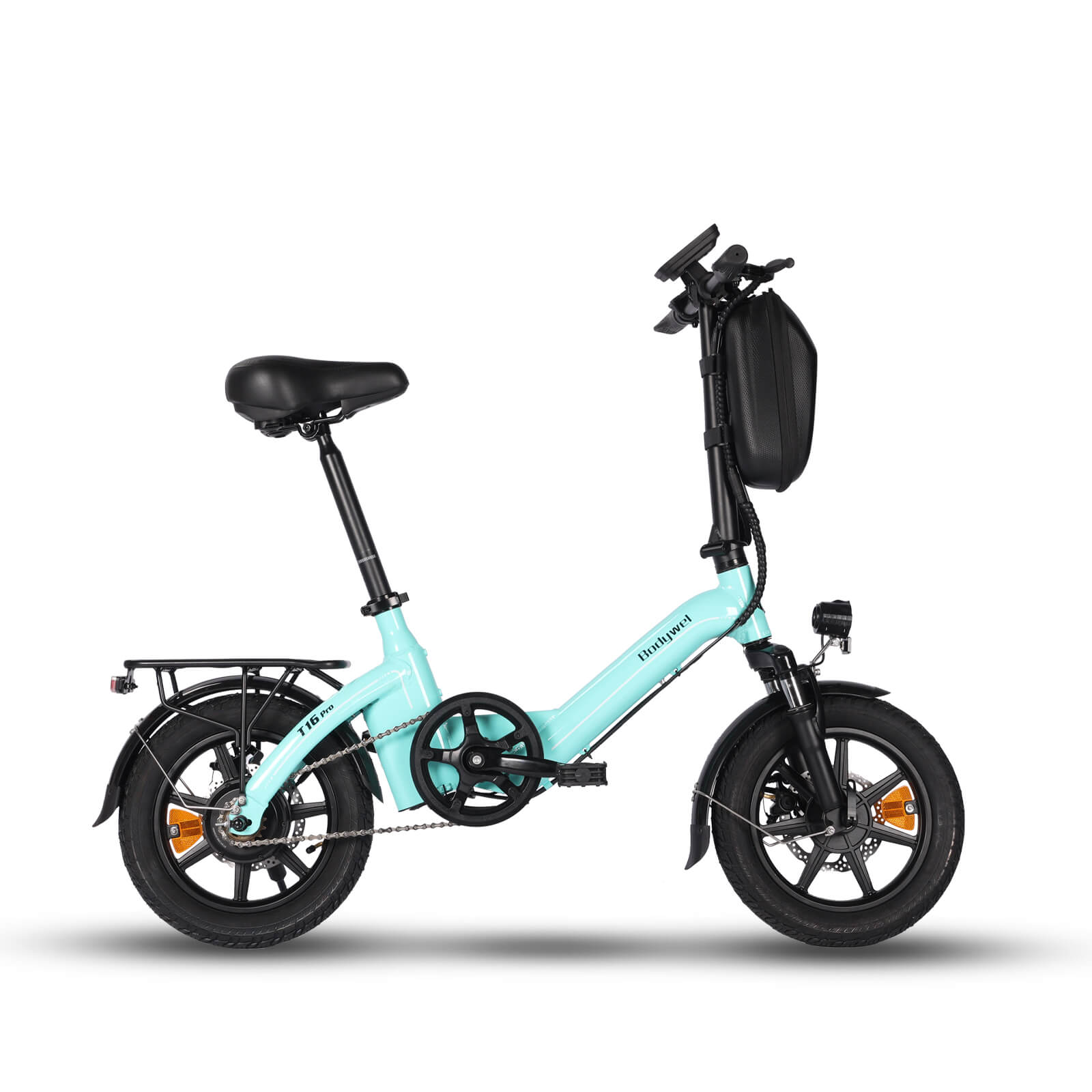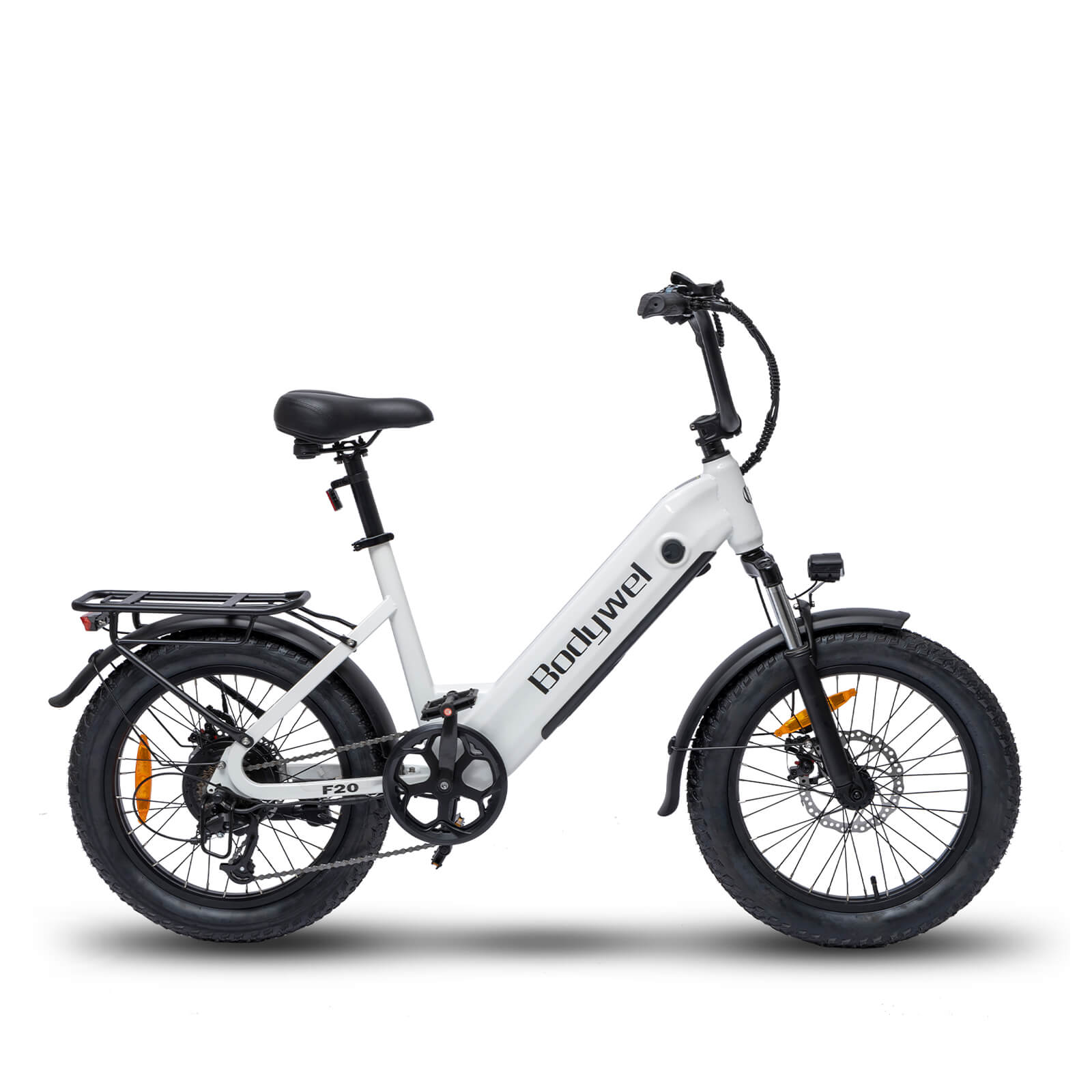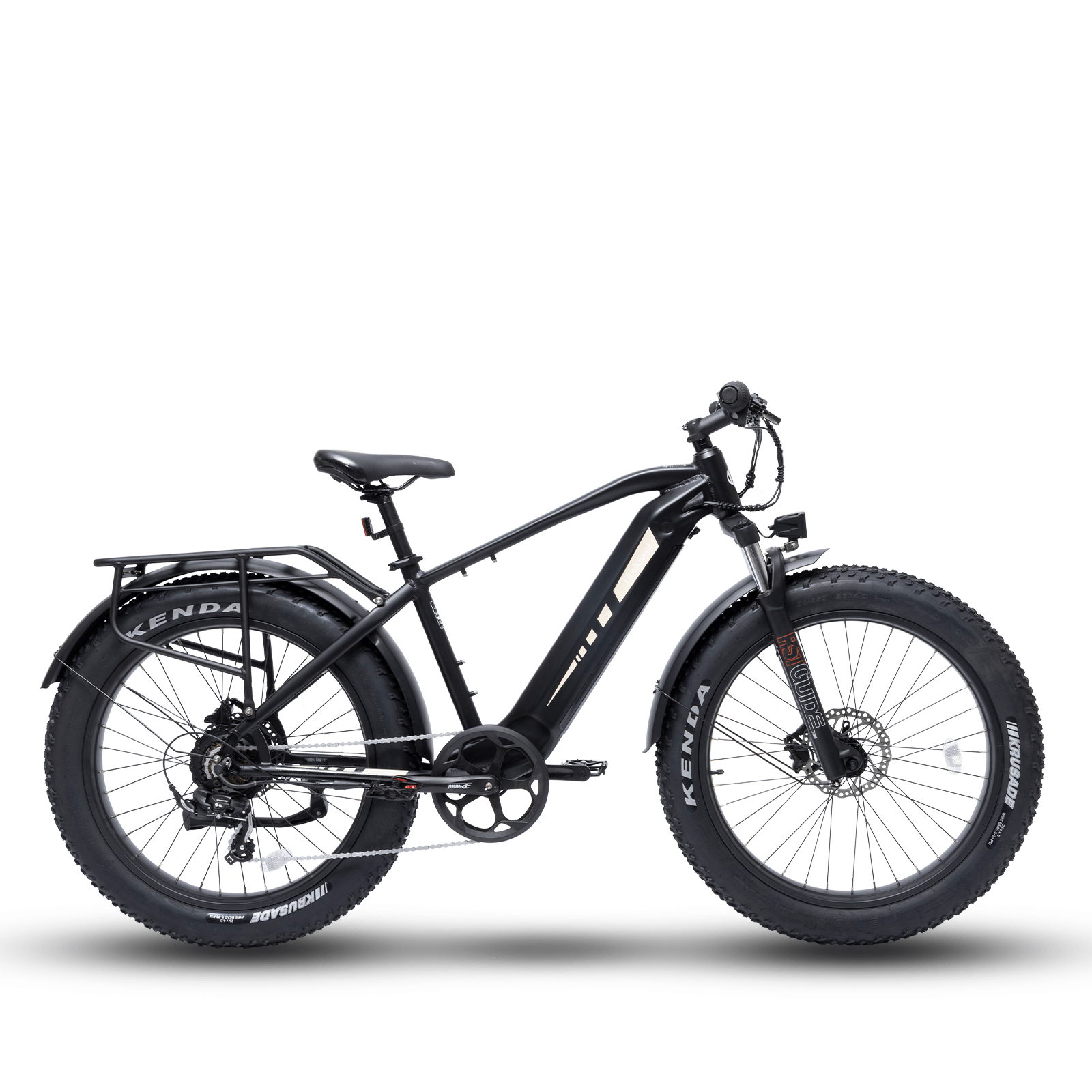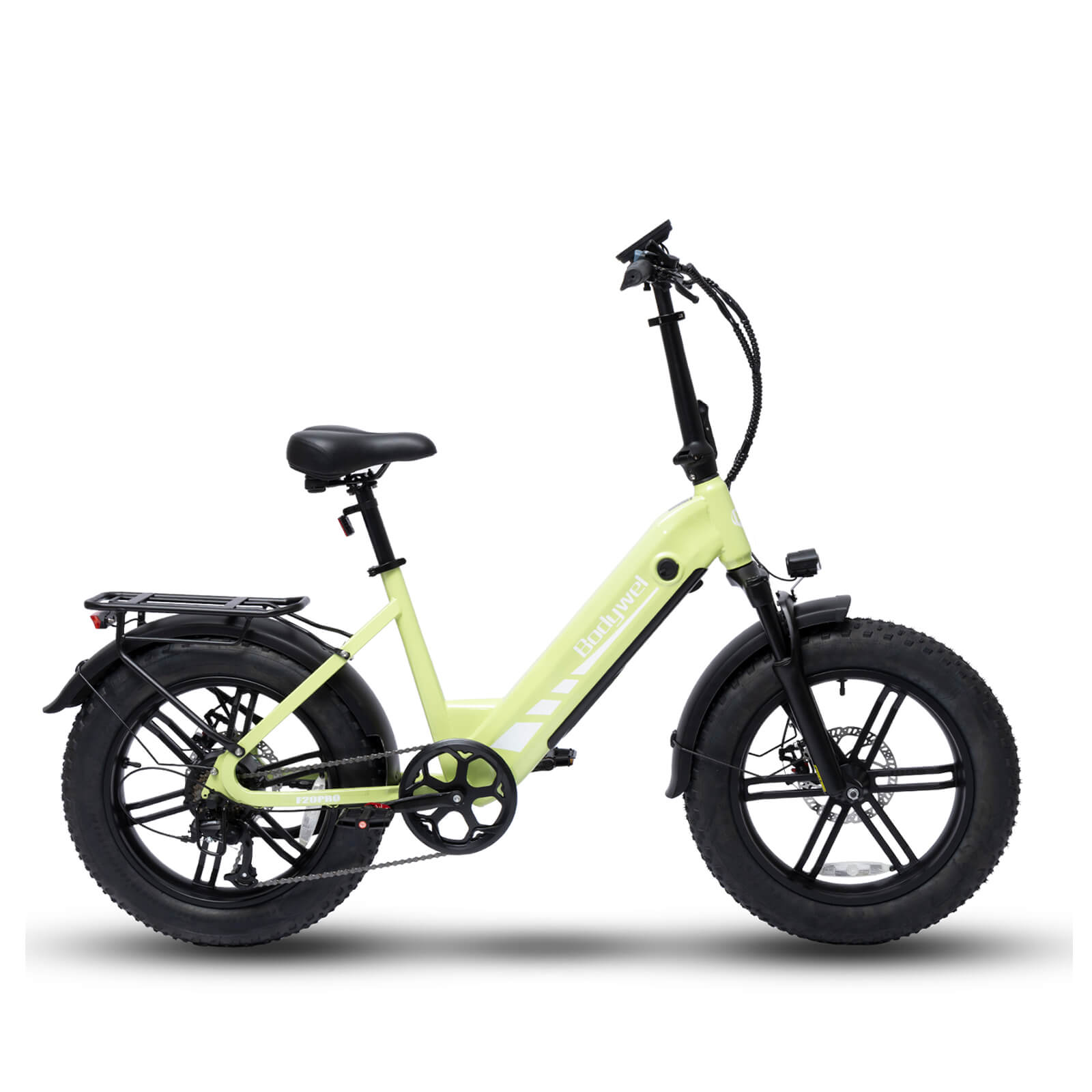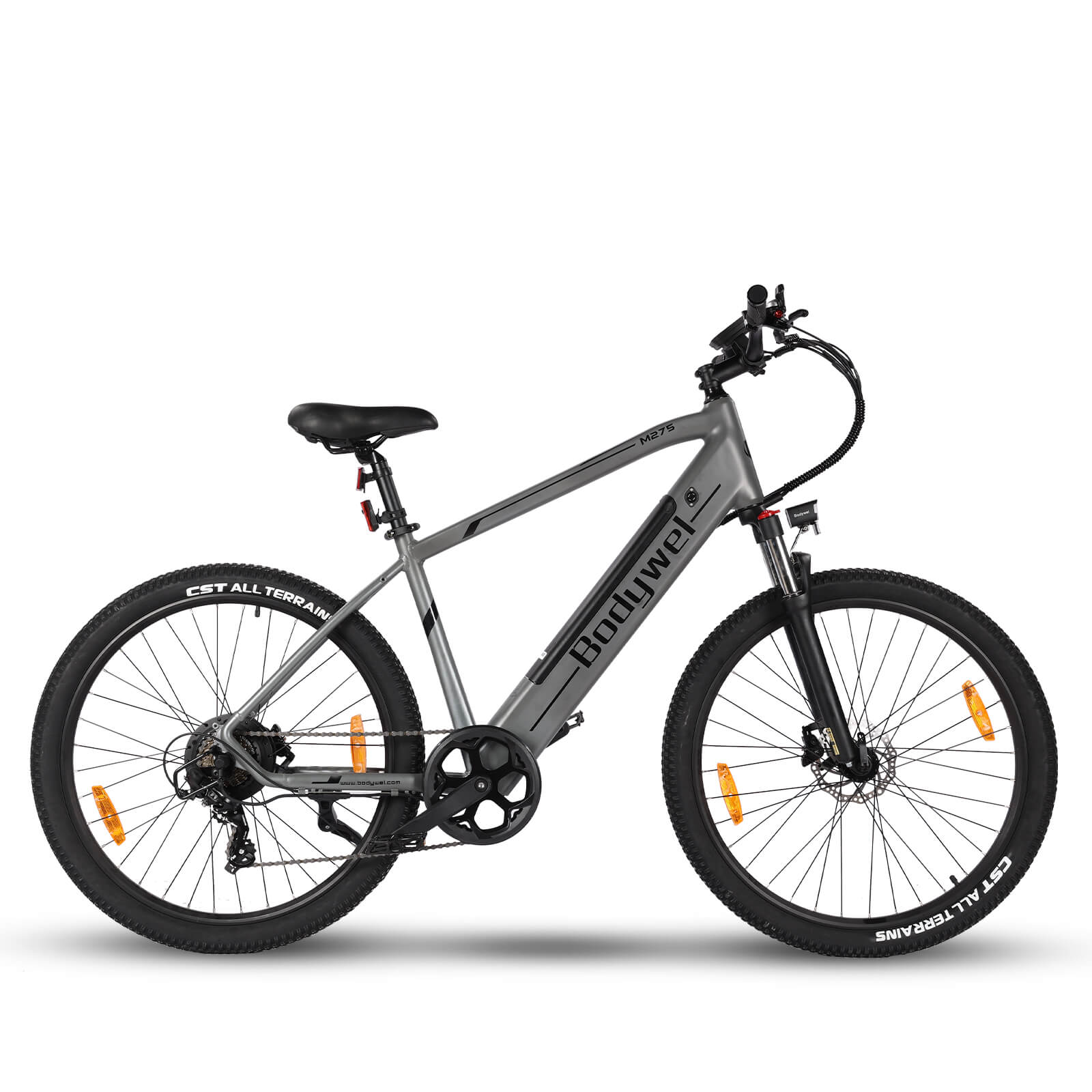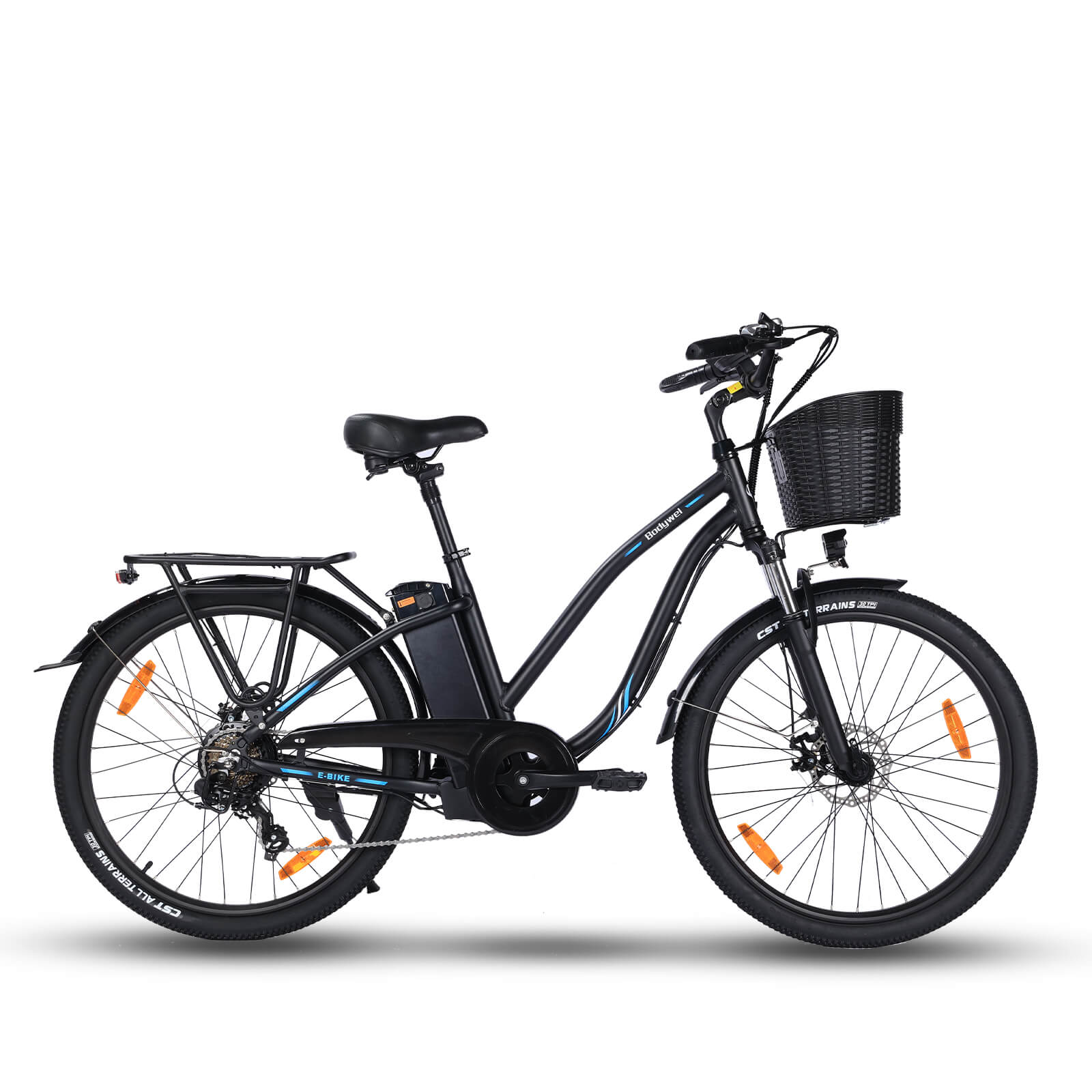5 Must-Know Benefits of Hybrid E-Bikes for Outdoor Riders

Hybrid electric bikes combine the best features of road and mountain bikes with pedal-assist technology, making them ideal for outdoor enthusiasts. This article explores five key advantages of hybrid e-bikes, from extended range to versatile terrain adaptability, backed by industry insights.
Versatile Performance Across Terrains
Hybrid e-bikes, or electric hybrid bicycles, excel on mixed terrains thanks to their balanced design. Their medium-width tires and suspension systems allow seamless transitions between paved roads and light trails. For example, riders can commute on city streets in the morning and explore gravel paths in the afternoon without switching bikes. According to Bicycling Magazine, this adaptability makes them a top choice for urban adventurers.
Extended Range with Efficient Battery Use
Modern pedal-assist systems in hybrid electric bikes optimize battery consumption, enabling rides of 50-100 miles per charge. The motor engages only when needed, conserving energy during flat sections. This contrasts with throttle-based e-bikes, which drain batteries faster. Riders prioritizing distance, such as touring enthusiasts, benefit significantly from this efficiency.
Eco-Friendly Commuting and Exploration
By replacing car trips, hybrid e-bikes reduce carbon emissions by an average of 2.5 tons annually per user (data from EPA). Their rechargeable lithium-ion batteries also have a lower environmental impact than fossil fuels. Cities like Amsterdam and Copenhagen have integrated hybrid e-bike lanes to promote sustainable transport.
Fitness Adaptability for All Skill Levels
The adjustable pedal-assist feature allows riders to customize workout intensity. Beginners can rely on higher assistance levels, while advanced cyclists may disable the motor entirely. A 2023 study in the Journal of Sports Science found that hybrid e-bike users maintain 70% of traditional cycling's cardiovascular benefits.
Cost-Effective Long-Term Investment
Though initially pricier than conventional bikes, hybrid e-bikes offer savings on fuel, parking, and maintenance. The average break-even point occurs within 18 months of regular use. Municipalities often provide incentives; for instance, the U.S. DOT offers tax credits for e-bike purchases in select states.
Final Considerations
Hybrid e-bikes represent a strategic fusion of functionality and sustainability for outdoor riders. Their dual-road capability, coupled with energy-efficient technology, positions them as a pragmatic solution for modern mobility demands. When selecting a model, prioritize frame durability and battery warranty from reputable manufacturers.
0 comments




